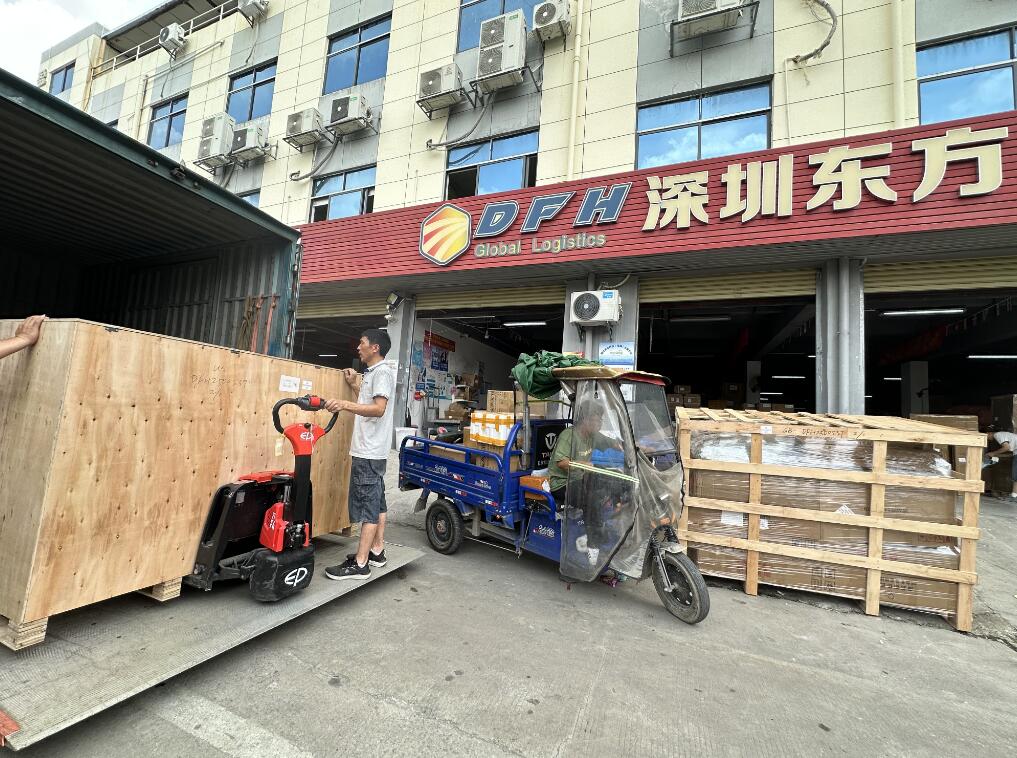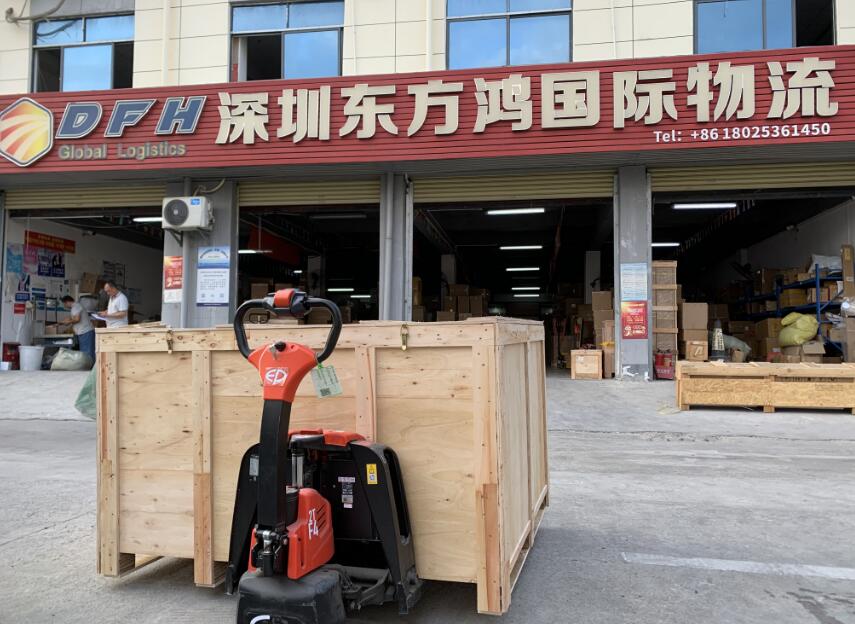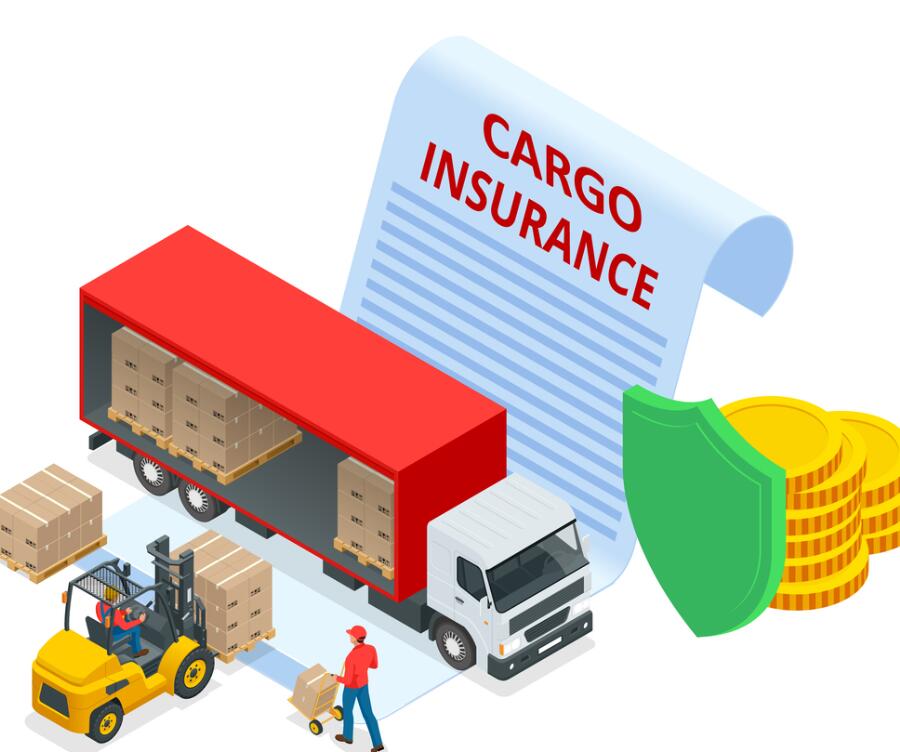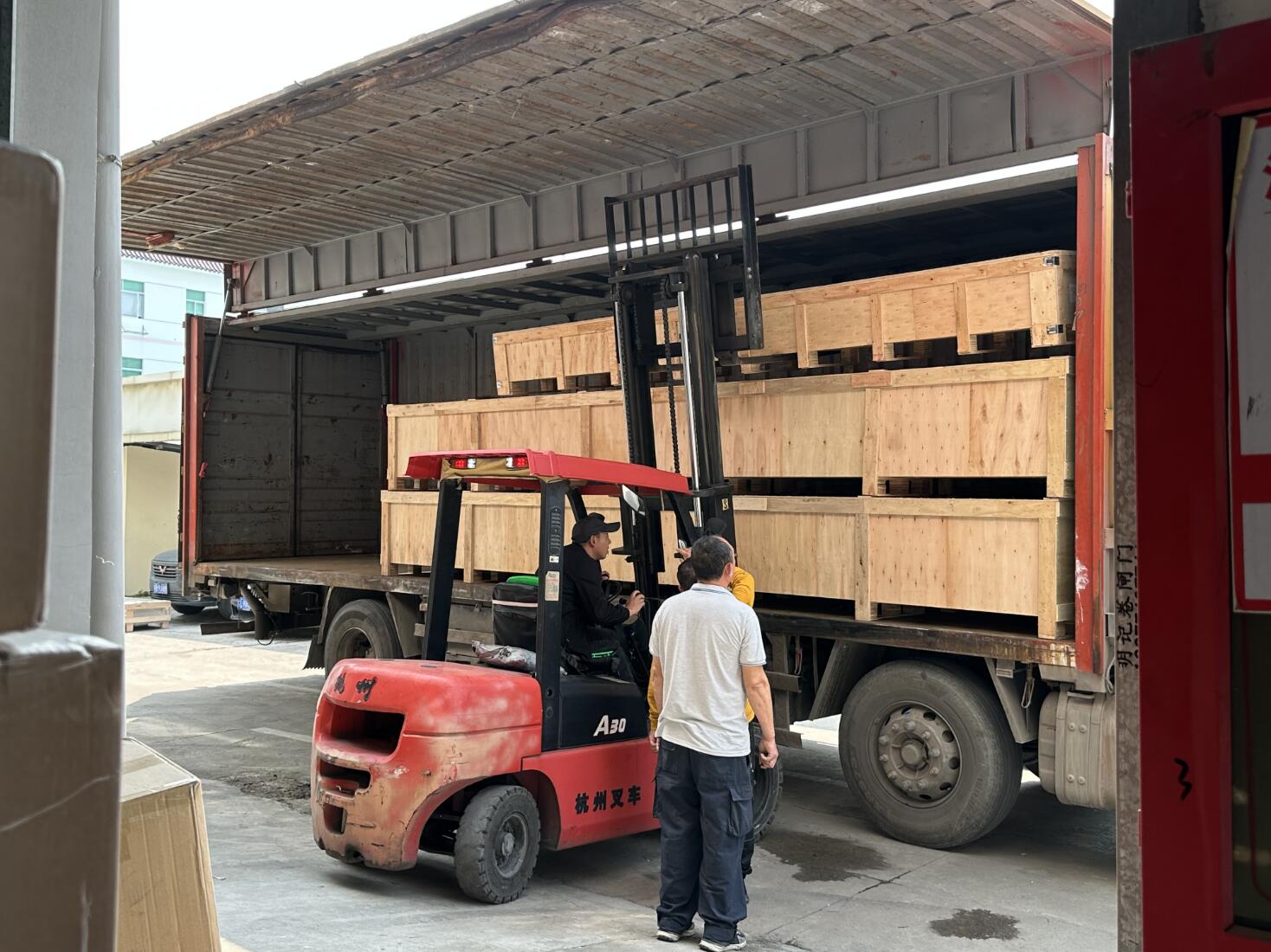When I first started helping global clients ship goods from China back in 2013, one of the most common challenges I noticed was with large and heavy items—furniture, machinery, industrial parts, equipment, and oversized products. These shipments require a very different approach than small parcel shipping.
If you’re searching for how to ship large items, you’re likely facing concerns about high costs, customs clearance, packaging, or simply don’t know where to start. Don’t worry—this guide will walk you through everything I’ve learned in over a decade of international freight forwarding.
What qualifies as a large or oversized shipment?

Generally, items are considered large or oversized if they exceed:
- Weight: Over 70kg (150 lbs)
- Dimensions: Any side over 120 cm (47 inches)
- Volume: Over 1 cubic meter
Typical examples include:
Sofas, beds, refrigerators, display screens, gym equipment, aluminum windows, pallets of cartons, and industrial equipment.
Which shipping methods are best for large items?
The most suitable shipping methods depend on your item size, urgency, and destination. For large items, the following options are commonly used:
- Sea Freight (LCL or FCL): Best for bulky, non-urgent goods. Affordable for large volumes.
- Air Freight: Fast but costly. Ideal if your item is valuable or time-sensitive.
- Railway Freight: A middle-ground option for shipments to Europe.
- Truck Freight: Often used in cross-border transport in regions like Southeast Asia or Europe.
- DDP (Delivered Duty Paid): Ideal if your customer can’t clear customs or pay duties.
How to pack large items for international shipping?

Good packaging ensures your large item survives a long, often rough journey. Here’s what works:
- Use strong cartons or wooden crates/Wooden frames
- Add internal padding (foam, bubble wrap)
- Label the boxes clearly with “FRAGILE” or “HEAVY”
- For irregular items, consider custom pallets
Your freight forwarder can often assist with repacking if you’re unsure your supplier packed it correctly.
How much does it cost to ship large items?
The cost for ship large items depends on:
- Shipping method (air vs sea)
- Origin and destination
- Volume and weight
- Delivery terms (door-to-port or door-to-door)
Here’s a rough idea:
| Shipping Method | Cost Range (USD) | Notes |
|---|---|---|
| Sea Freight (LCL) | $100 – $300/m³ | Best for volume cargo |
| Air Freight | $5 – $15/kg | Faster, more expensive |
| DDP Shipping | Quoted case-by-case | Includes customs & tax |
Tips: Always ask for all-in quotes to avoid hidden charges.
Do I need a customs broker for large item shipments?
If you’re shipping internationally, yes—you’ll either need to hire a customs broker or work with a freight forwarder who handles this for you.
At DFH Logistics, most of our clients prefer DDP shipping where we manage all customs clearance and duties. This is especially useful if your buyer doesn’t have a business license or import experience.
Can I ship large items to a residential address?

Yes, but you’ll need special delivery arrangements.
Large shipments to homes may require:
- Liftgate truck service
- Curbside or inside delivery
- Appointment scheduling
Make sure your freight partner includes these in your quote if delivering to a personal address.
How long does it take to ship large items?
Transit time varies greatly depending on the route:
| Route | Time (Door to Door) |
|---|---|
| China to USA (Sea) | 25 – 40 days |
| China to USA (Air) | 5 – 10 days |
| China to Europe (Rail) | 18 – 25 days |
| China to Southeast Asia | 7 – 20 days |
Customs clearance and last-mile delivery can add extra time, so plan ahead if you need to ship large packages from China to overseas.
What documents are needed to ship large items?

You or your supplier will usually need:
- Commercial invoice
- Packing list
- Bill of lading (B/L) or Airway Bill (AWB)
- Import license (if required by your country)
- Certificate of origin (for certain products)
Working with an experienced freight forwarder ensures all documentation is prepared correctly.
Should I use a freight forwarder for large item shipping?
Yes, especially if:
- You have multiple suppliers
- You need DDP (tax-included) service
- You want help with consolidation, storage, repacking, or labeling
- You’re new to international logistics
A good freight forwarder saves you time, prevents errors, and often reduces costs by optimizing routes and packing.
Do I need to buy Cargo Insurance to ship large items?

Yes, buying cargo insurance is strongly recommended when shipping large or high-value items internationally.
Here’s why:
- Large items are more vulnerable during transit due to their size, weight, and handling requirements. They may be moved multiple times—from truck to warehouse, then onto a ship or airplane—making them more exposed to accidental damage.
- Losses or damages can be costly. Without insurance, you might receive minimal compensation based on weight, not the actual value of your goods.
- Insurance covers a wide range of risks, including damage, theft, fire, water exposure, and even total loss in the case of vessel accidents.
At DFH Logistics, we help clients obtain affordable cargo insurance through our trusted partners. The cost is usually between 0.4% to 0.8% of the declared cargo value. It’s a small investment that gives you peace of mind—especially when shipping something big.
FAQs about Ship large items
Can I ship a single oversized item without filling a container?
Yes. You can ship even one piece using LCL (Less than Container Load) or DDP door-to-door. Full container is not required.
Will shipping costs be calculated by weight or volume?
For large items, cost is usually based on dimensional weight—whichever is greater between actual weight and volume (CBM). This is especially true for air freight and LCL sea freight.
Can I ship large items if I’m not a business?
Yes. Individuals can ship large personal items. If you don’t have an import license, DDP shipping is the best option, as we handle customs and tax on your behalf.
What happens if my goods arrive damaged?
If you purchased cargo insurance, you can file a claim with supporting documents and photos. Without insurance, compensation will be minimal.
Can I track my shipment in real time?
Yes. All shipping methods—air, sea, express, or DDP—come with tracking numbers. We also update you throughout the shipping process.
What’s the best way to reduce shipping cost for large items?
- Use sea freight for non-urgent shipments
- Consolidate cargo from multiple suppliers
- Use a forwarder like DFH that provides optimized routes and space-saving packaging solutions
Final Thoughts: How to ship large items without stress?
Shipping large items is not as complicated as it seems—if you have the right partner. Over the past 12 years, I’ve helped thousands of clients avoid delays, save on costs, and ship confidently across borders.
If you’re unsure which method is right or you just want a quote tailored to your cargo, feel free to contact DFH Logistics anytime. My team and I are happy to help.




